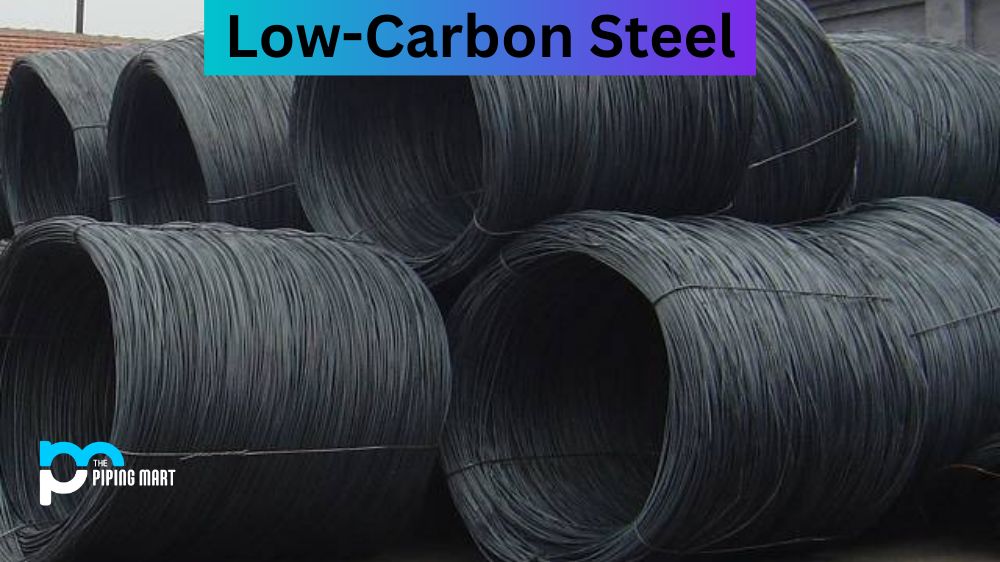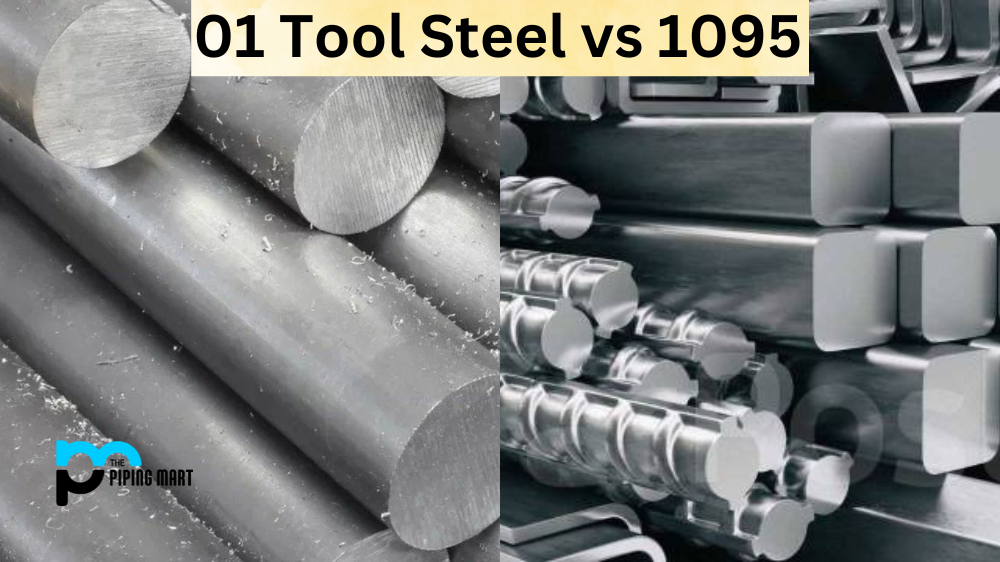TIG welding is a specialized type of welding that requires specific materials and tools, including tungsten electrodes. There are different types of tungsten electrodes to choose from when it comes to TIG welding, and understanding the composition of each one is important for selecting the orrect electrode for the job. Let’s take a look at the different types of tungsten electrodes and how their compositions can impact your welding performance.
Types of Tungsten Electrodes for TIG Welding
Pure Tungsten Electrodes
The most commonly used type of tungsten electrode contains pure tungsten with no other elements added in. This type of tungsten electrode is typically used with AC or DC power sources that are operated at relatively low amperage settings since pure tungsten doesn’t have great conductivity qualities. On the plus side, this makes pure tungsten electrodes ideal for precise work that requires precise control over heat input. One downside is that they may require frequent dressing in order to maintain sharp edges.
Thoriated Electrodes
Thoriated electrodes contain approximately 2% thorium oxide, increasing their electrical conductivity while improving arc starts and stability. This makes them a popular choice among welders looking to achieve consistent results when working with high-amperage welds, such as those often used on aluminum alloys. However, thoriated electrodes can be somewhat brittle and may need frequent dressing in order to keep their sharp edges intact. Additionally, these electrodes release radioactive particles into the air during use, so proper safety precautions must always be taken when using them.
Ceriated Electrodes
Suppose you’re looking for an alternative to thoriated electrodes that still offer good electrical conductivity without releasing any potentially hazardous particles into the air during use. In that case, ceriated electrodes might be just what you need. Ceriated electrodes contain 1-2% cerium oxide, which helps increase their electrical conductivity without posing any potential health hazards as thoriated electrodes do. This makes them a popular choice among welders who prefer using non-radioactive materials while still achieving optimal performance on high-amperage welds. Though they don’t require as much maintenance as thoriated or pure tungsten electrodes, they should still be regularly dressed to maintain their sharp edges and prevent contamination from occurring during welding operations.
Conclusion:
Selecting the correct type of tungsten electrode for your particular welding application can make all the difference when it comes to achieving safe, reliable results every time you weld. Each type of electrode has its own unique composition and characteristics, which will affect your ability to produce strong welds on various metals or alloys, so it’s important to understand exactly which ones will work best for your particular application before selecting an electrode material for use in your welding project! Understanding the composition of each type of tungsten electrode can help you make an informed decision that will ensure quality results every single time!
Meet Heer, a dynamic and driven writer learning tricks of her trade in the metal industry. With a background in Digital Marketing, Heer brings a unique perspective to her writing, sharing valuable insights. Apart from blogging she like reading and hiking.




